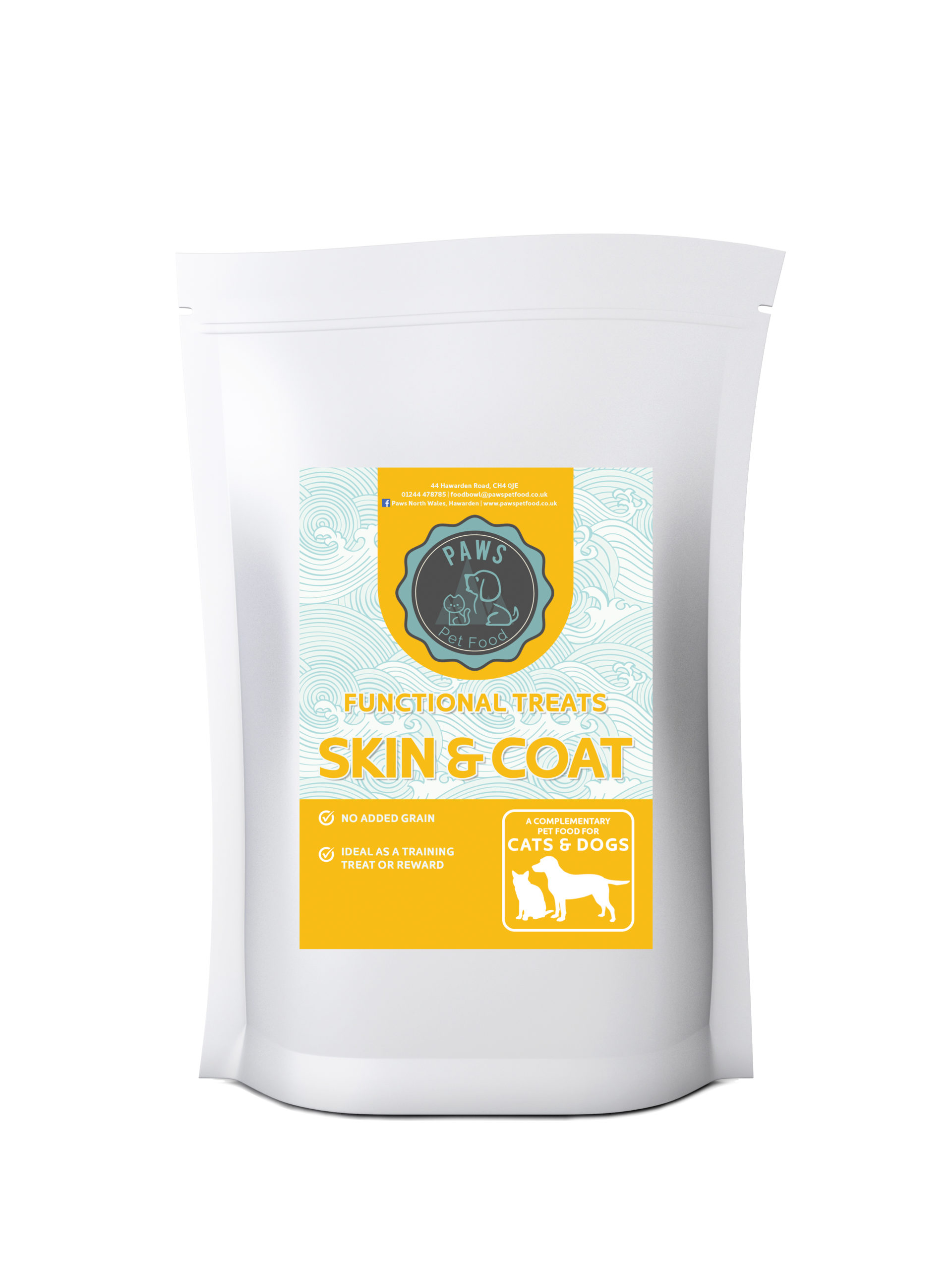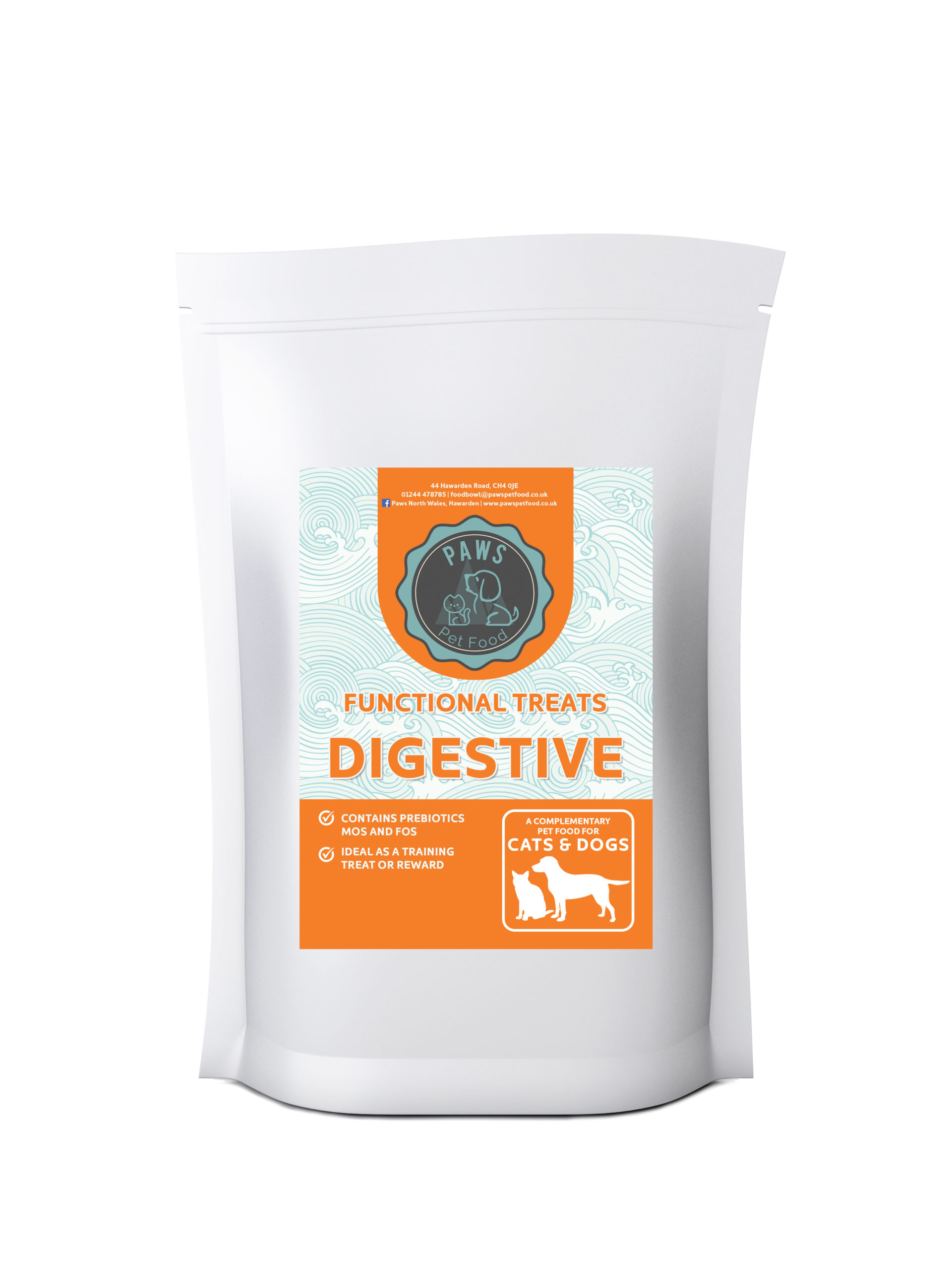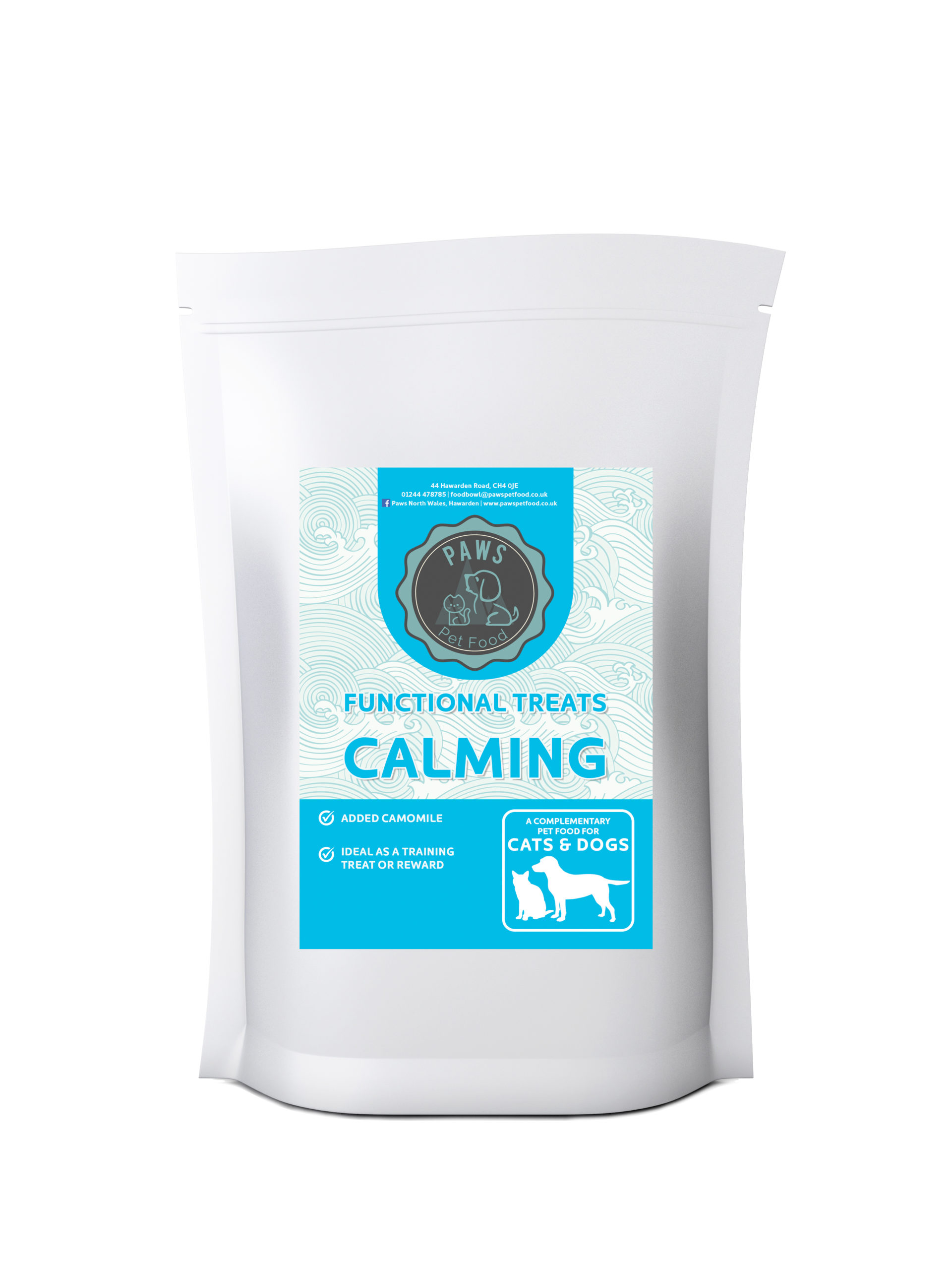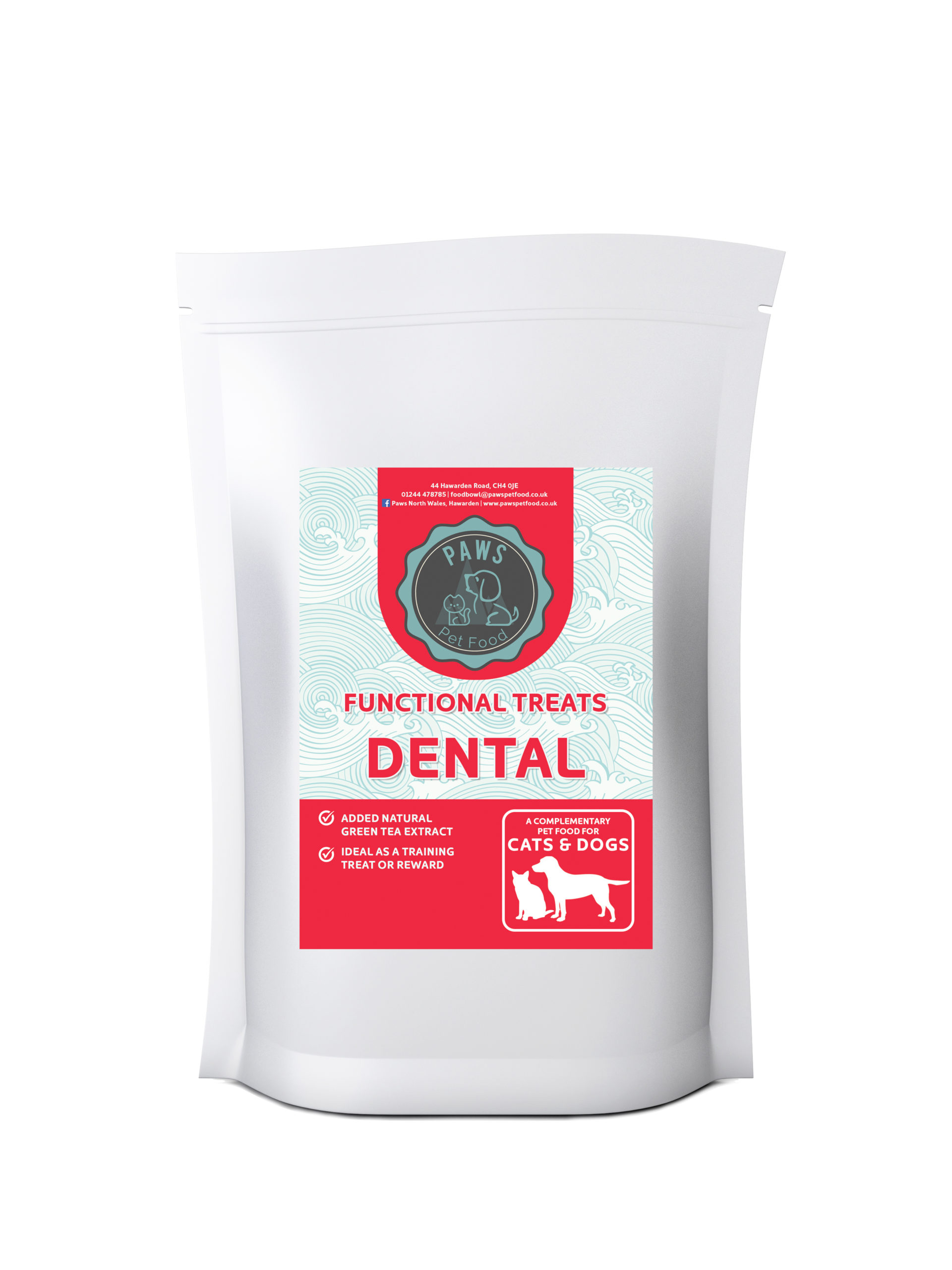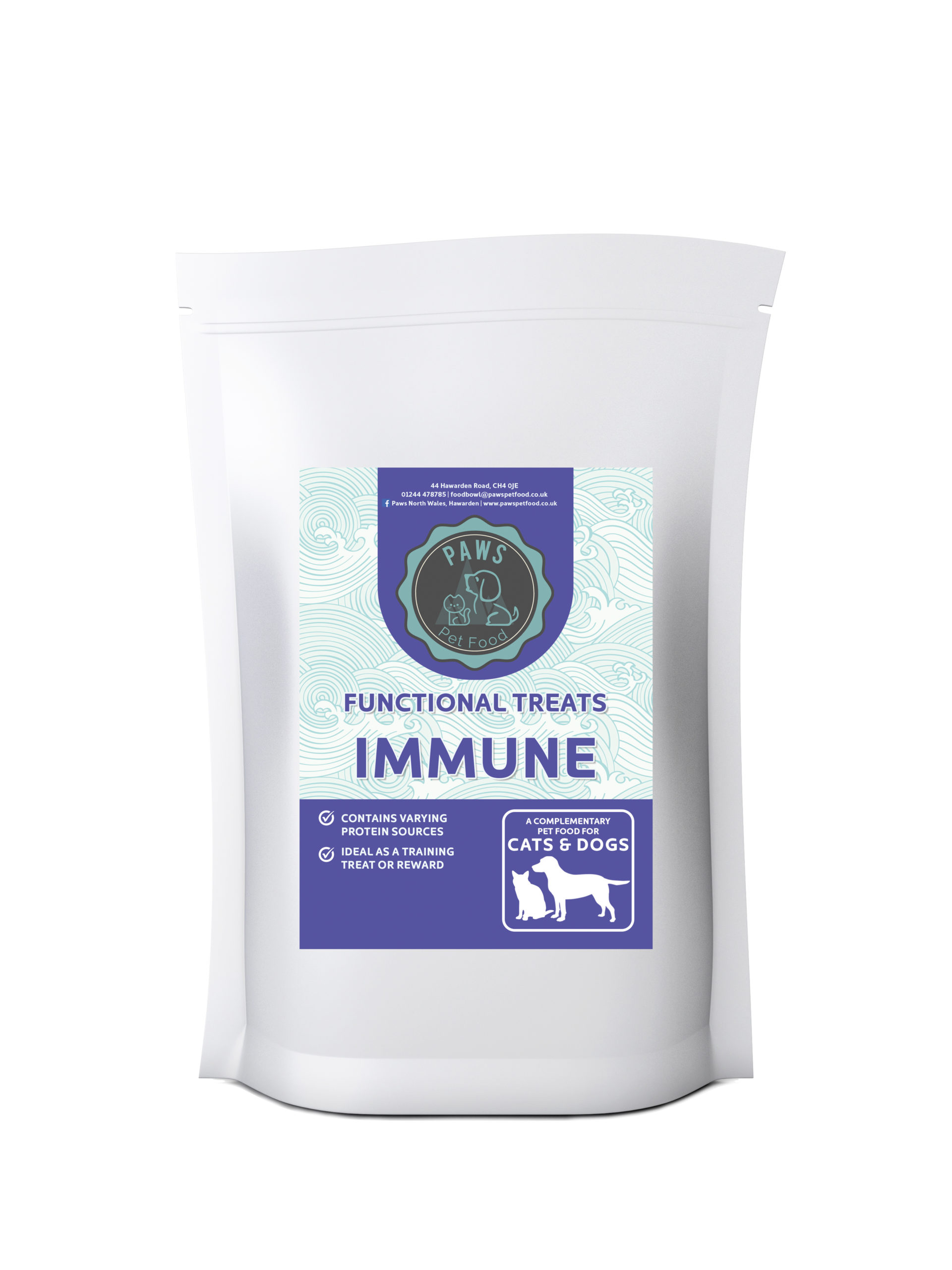The term feline lower urinary tract disease (FLUTD) describes a collection of conditions that can affect the bladder and/or urethra of cats and is a common reason for cat owners to seek veterinary advice.
What are the signs of Feline Lower Urinary Tract Disease?
Cats with FLUTD most often show signs such as:
• Pain whilst urinating (Dysuria)
• Urinating only small amounts (Oliguria)
• Blood in the urine (Haematuria)
• Frequent or prolonged attempts to urinate (Pollakiuria)
• Urinating outside the litter box / in unusual places (Periuria)
• Loss of appetite
• Lethargy
• Vocalising pain and/or other signs of pain
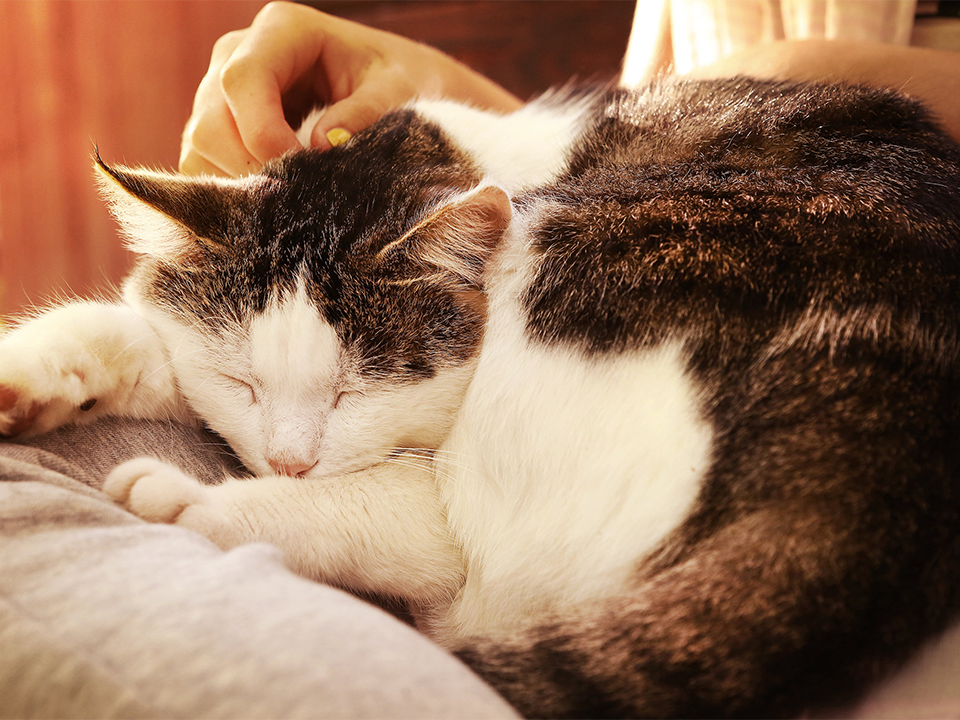
These symptoms were verified in a study assessing 214 cats with signs of FLUTD. Included were 174 male cats (143 neutered) and 40 females (32 spayed). The age of the cats of varying breeds ranged from 9 months to 17 years2. Clinical signs for the various disorders affecting the urinary tract are all very similar, so it is often difficult or impossible to determine the underlying cause without a veterinarian carrying out further investigations.
Which felines are most susceptible to FLUTD?
It’s not uncommon to see FLUTD develop in cats of any age and sex, however, it’s well recognised that it’s more likely to affect middle-aged (2-7 years), overweight, neutered males who have a low level of exercise, spend a limited amount of time outdoors and use a litter tray inside3.
What conditions can affect the urinary tract?
• Urinary Tract Infections (UTI)
• Urolithiasis (bladder stones)
• Urethral plug (blockage of urethra)
• Feline idiopathic cystitis
• Neoplasia (bladder or lower urinary tract tumour)
• Anatomical abnormalities
Urinary Tract Infections
The term urinary tract infection (UTI) refers to the persistence of an infectious agent, most commonly bacteria, within the urogenital system that causes an associated inflammatory response and clinical signs4. In general, infections of the urinary tract are uncommon in cats, with a reported frequency between 1% and 3% of all cases of feline lower urinary tract disorders5.
Urolithiasis and Urethral Plugs
It has been estimated that 10% to 20% of cats with FLUTD have urethral plugs or urolithiasis8. A plug that forms in the urethra is usually an accumulation of proteins, shed cells, crystallised minerals and debris in the urine that merge to form a mass that can in time completely block the urethra and therefore must be removed.
Urolithiasis is a term used to describe smaller stones and crystals that form in the urinary tract. These are usually found in the bladder and urethra but may also be located in the kidneys and ureters. It could be that there is one large single stone, or a collection of smaller stones that range in size from a sand grain to pebble. Certain minerals are naturally found in a cat’s body, however when these are present at abnormal levels or are not being processed correctly by the urinary system then they can crystallise.
A study in Canada that was conducted over a 5-year period reviewed the mineral composition of 5484 submissions from cats that had either been passed in the urine or surgically removed. 618 were urethral plugs and 4866 were bladder uroliths. The investigation showed that of the urolith submissions, approximately 50% were oxalate and 44% were struvite8 which are known to be the most common uroliths in cats10.
Struvite
The precipitation of struvite (magnesium ammonium phosphate) into stones depends on a number of factors including the degree of urine saturation, diet, pH of the urine and volume of the urine. Dietary support for struvite dissolution has been successfully used for years. Recommendations include increasing water intake as this helps to dilute the urine, and a using diet that restricts phosphorus and magnesium content and promotes moderate urine acidification9. It’s thought that struvite may be twice as likely to form if urine pH is consistently elevated between 6.5-6.9, instead of the ideal range between 6-6.210.
A recent study looked at the effectiveness of a struvite dissolution diet in cats with naturally occurring struvite and found that the diet was successful in dissolving struvite in 28 days or less. The diet was also effective in maintaining remission of lower urinary tract signs in the majority of cats fed the diet, showing that this is an effective long term solution for preventing struvite in cats prone to the disease9.
Calcium Oxalate (CaOx)
Until the mid-1990s, struvite was the most common stone reported in cats, however in recent years’ the frequency of CaOx diagnosis has increased13. Although dietary acidification can help the dissolution and prevention of struvite crystals, it’s thought that it can also promote the release of calcium carbonate from bone which has been found to increase the level of calcium in the urine11 and therefore may have contributed to the increase in CaOx stones. This hypothesis was however contradicted by findings in a recent study that suggests that diets resulting in a urine pH to support struvite dissolution do not increase the risk for CaOx crystallization in the range of urine pH representative of most commercial feline diets13.
Unlike with struvite, there is no dissolution protocol for CaOx and therefore anesthetised voiding or in some cases surgical removal is required. It’s thought that a diet with reduced calcium and oxalate levels could help to prevent stone formation, however evidence to support this is limited11.
Feline Idiopathic Cystitis
In approximately two-thirds of cats with lower urinary tract symptoms, it’s not possible to diagnose the exact disorder causing symptoms to present. This is because the clinical signs of different disorders affecting the urinary tract are so similar and therefore once all of the common or known causes of the clinical signs have been eliminated, they are referred to as having feline idiopathic cystitis (FIC)6. Studies suggest that FIC may be a result of complex interactions between the urinary bladder, nervous system, adrenal glands, husbandry practices, and the environment in which the cat lives7.
A number of studies have found that stress is believed to play an important role in causing or exacerbating FIC, particularly caused by a conflict with other cats in a multi-cat household or those lacking environmental enrichment. It is therefore thought that reducing stress in a cat’s environment may help to reduce the recurrence or severity of FIC12. It’s recognised that environmental enrichment improves animal health and welfare, so it was suggested that modification of their environment may help indoor cats14. A study was conducted where changes were made sequentially and slowly and included increasing water intake, improved litter box presentation and management, provision of climbing structures and scratching posts, providing audio/visual stimulation when the owner was absent from the home and identifying and resolving conflict between cats. A review was conducted 10 months after changes were implemented, and found that no signs linked to the lower urinary tract were observed in 70-75% of the cats, which is a highly statistically significant decrease in signs and confirms that environmental stress is an important consideration for cats with FIC.
What can be done to prevent the occurrence or reoccurrence of FLUTD?
• Provide clean, fresh water at all times – a fountain with running water is often preferred by cats
• Consider if dietary changes may be beneficial – consult with your veterinarian
• Ensure an adequate number of litter trays are provided – generally one more than the number of cats in the house
• Keep litter trays in a quiet area of the house and ensure regular clearing
• Reduce stress in the environment
• Provide environmental enrichment for indoor cats, such as climbing structures and scratching posts
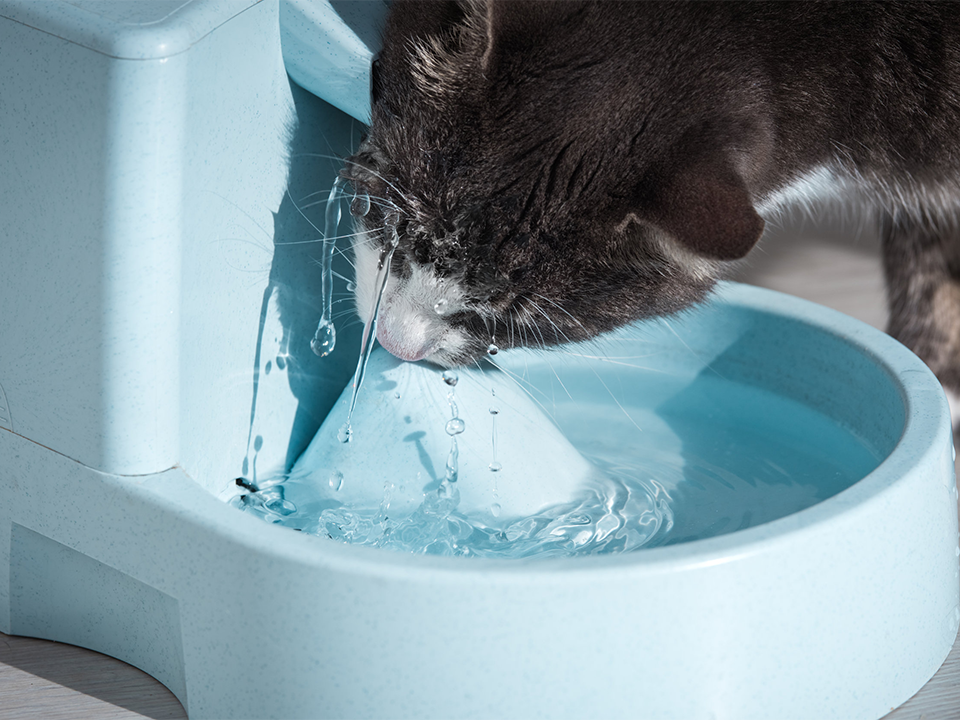
Summary
In summary, diseases of the lower urinary tract in cats are complex. Although risk factors for predisposing cats to FLUTD have been identified as middle aged, male, neutered cats, they can impact felines of any age. It’s important to monitor cats for signs of FLUTD so that the correct management can be implemented and consider using preventative measures before signs present.
References
1. Dorsch, R., Remer, C., Sauter-Louis, C. and Hartmann, K., 2014. Feline lower urinary tract disease in a German cat population. Tieraerztliche Praxis Kleintiere, 42(04), pp.231-239.https://pubmed.ncbi.nlm.nih.gov/25119631/#:~:text=Results%3A%20A%20total%20of%20302,%25)%20and%20urolithiasis%20(7.0%25)/
2. Kovarikova, S., Simerdova, V., Bilek, M., Honzak, D., Palus, V. and Marsalek, P., 2020. Clinicopathological characteristics of cats with signs of feline lower urinary tract disease in the Czech Republic. Veterinární medicína, 65(3), pp.123-133.
3. Gunn-Moore, D.A., 2003. Feline lower urinary tract disease. Journal of Feline Medicine and Surgery, 5(2), pp.133-138.
4. Dorsch, R., Teichmann-Knorrn, S. and Sjetne Lund, H., 2019. Urinary tract infection and subclinical bacteriuria in cats: a clinical update. Journal of feline medicine and surgery, 21(11), pp.1023-1038.
5. Martinez-Ruzafa, I., Kruger, J.M., Miller, R., Swenson, C.L., Bolin, C.A. and Kaneene, J.B., 2012. Clinical features and risk factors for development of urinary tract infections in cats. Journal of feline medicine and surgery, 14(10), pp.729-740.
6. Westropp, J.L. and Buffington, C.T., 2004. Feline idiopathic cystitis: current understanding of pathophysiology and management. Veterinary Clinics: Small Animal Practice, 34(4), pp.1043-1055.
7. Forrester, S.D. and Towell, T.L., 2015. Feline idiopathic cystitis. Veterinary Clinics: Small Animal Practice, 45(4), pp.783-806.
8. Houston, D.M., Moore, A.E., Favrin, M.G. and Hoff, B., 2003. Feline urethral plugs and bladder uroliths: a review of 5484 submissions 1998–2003. The Canadian Veterinary Journal, 44(12), p.974.
9. Tefft, K.M., Byron, J.K., Hostnik, E.T., Daristotle, L., Carmella, V. and Frantz, N.Z., 2021. Effect of a struvite dissolution diet in cats with naturally occurring struvite urolithiasis. Journal of feline medicine and surgery, 23(4), pp.269-277.
10. Grauer, G.F., 2015. Feline struvite & calcium oxalate urolithiasis. Todays Vet Pract, 5(5), pp.14-20.
11. Palm, C.A. and Westropp, J.L., 2011. Cats and calcium oxalate: strategies for managing lower and upper tract stone disease. Journal of feline medicine and surgery, 13(9), pp.651-660.
12. Gunn-Moore, D.A. and Cameron, M.E., 2004. A pilot study using synthetic feline facial pheromone for the management of feline idiopathic cystitis. Journal of feline medicine and surgery, 6(3), pp.133-138.
13. Bijsmans, E.S., Quéau, Y., Feugier, A. and Biourge, V.C., 2021. The effect of urine acidification on calcium oxalate relative supersaturation in cats. Journal of Animal Physiology and Animal Nutrition, 105(3), pp.579-586.
14. Buffington, C.T., Westropp, J.L., Chew, D.J. and Bolus, R.R., 2006. Clinical evaluation of multimodal environmental modification (MEMO) in the management of cats with idiopathic cystitis. Journal of feline medicine and surgery, 8(4), pp.261-268.
Freshly Produced Highest Quality Healthy Cat Food
free delivery DPD 2-3 days
Grain Free and With Grain freshly prepared high meat content dry cat food. Free Delivery in the UK. Buy our dry cat food online. You won’t find any added artificial flavors, colors, or preservatives in this dry cat food.
New customers 10% off their first order if you add code pawspetfood at checkout stage. (not for subscriptions, which already qualify for 10% off each month)
Love our food? Sign up for a monthly subscription on your product’s page, save money every month and never run out of your pet’s food. Manage your account online; pause or cancel your subscription any time.
Healthy Cat Food Articles
Merry Christmas 2023 from Our Furry Friends: A Pawsitively Joyful Celebration!
'Tis the season to be jolly, and nothing makes the holiday season brighter than sharing it with our beloved furry companions. As I sit by the twinkling lights of the Christmas tree, with a [...]
October is Paws Pet Food Pet Anxiety Month
Pet Anxiety month is coming up in October when we see pets struggle with fireworks and festivities. This nationwide campaign aims to educate pet owners on the signs of anxiety in cats and dogs. [...]
Why are pet food back labels important?
The prime purpose of pet food labels is to provide clear, accurate and honest information about a product that may facilitate the buying act of the purchaser. Back of pack information usually contains much [...]
What is Grain Free Pet Food?
A common issue for dog owners is whether they should feed their pet grain pet food or grain-free pet food. With a wide variety of pet foods available on the market, it can be quite a tough [...]
Hypoallergenic Pet Food – Separating the Facts from the Hype
What is a food allergy in dogs and cats? Dogs and cats may display adverse reactions to food that can be broadly divided into two groups – immunological (food allergy) and non-immunological. A food [...]
Collagen in Pet Food
What is Collagen? In nature, collagen is a protein found exclusively in animals, especially in the skin, bones and connective tissues of mammals, birds and fish. Strictly speaking, collagen is actually a family of [...]







